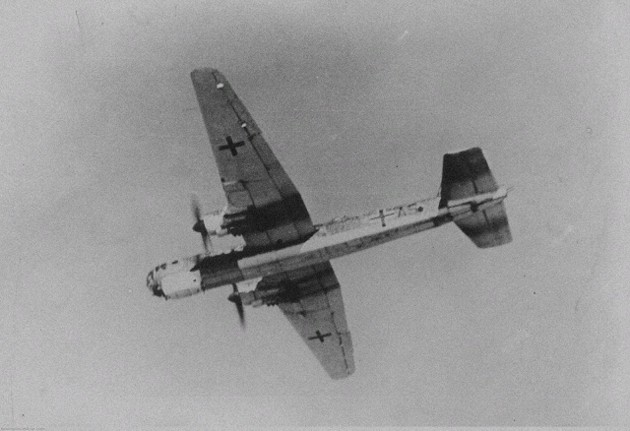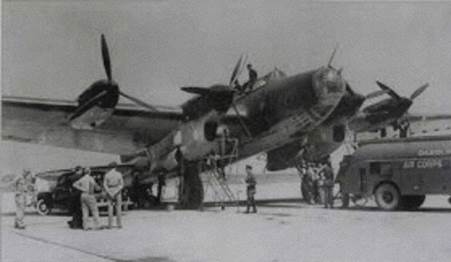Heavy bombers of World War II: comparison of the German Heinkel He 177 “Greif” with the Soviet Pe-8
The main task of bombers during World War II was to destroy the enemy’s strategic military and industrial facilities. However, the massive bombing led to significant destruction of cities, as well as a huge number of lives.
For the greatest efficiency and reliability, the bombers were constantly improved and refined. Such aircraft required constant attention and high-quality maintenance.
Heinkel He 177 “Greif”
The German heavy bomber, which entered service with Germany at the end of 1942, was nicknamed the “flying fireworks” because of the twin power plants that allowed the aircraft to dive, which in turn quite often led to aircraft failure and fires. The design flaws were eliminated only by 1944.
Heinkel He 177 Greif (A-5 modification) specifications:
- wingspan: 31.44 meters;
- length: 22 meters;
- Weight: 16.8 tons;
- Maximum take-off load: 31 tons;
- Engine power: 2*2950 horsepower;
- Maximum speed: 565 km/h at an altitude of 6000 meters;
- maximum altitude: 7080 meters;
- ferry range: 5470 kilometers;
- Combat load: 5000 kilograms.

Heinkel He 177 “Greif”This bomber is described in the reference book by Vyacheslav Mikhailovich Kozyrev “Secret Projects of the Luftwaffe during the Second World War” (2004).
The Heinkel He 177 “Greif” was a formidable military machine. At least on the spec pages. The obsessive desire of the Germans to create a dive bomber did not play into their hands. The aircraft quickly fell into disrepair, constantly required modifications and timely repairs. In the spring of 1945, the Heinkel He 177 “Greif” went out of service forever.
Pe-8 (Petlyakov)
The Soviet heavy four-engine bomber was developed in early 1939 for strategic bombing of enemy military targets, but could also be used for transport tasks: transporting cargo and Soviet soldiers.
The description and technical characteristics of Petlyakov are given in the book by V.B. Sharov “History of aircraft designs in the USSR 1938-1950”.
Pe-8 specifications:
- Wingspan: 39 meters;
- length: 23.6 meters;
- Aircraft weight: 20 tons;
- Maximum take-off load: 35 tons;
- Engine power: 4*1350 horsepower;
- Maximum speed: 443 km/h at an altitude of 6000 meters;
- maximum altitude: 9300 meters;
- Practical range: 3600 kilometers;
- Combat load: 5000 kilograms.

The Soviet Petlyakov is superior to the German Heinkel He 177 Greif in almost all technical parameters, yielding only in speed. However, speed could not give the German bomber a significant advantage due to low reliability, which led to constant breakdowns and malfunctions. The Pe-8 was much more stable and effective in combat missions.
